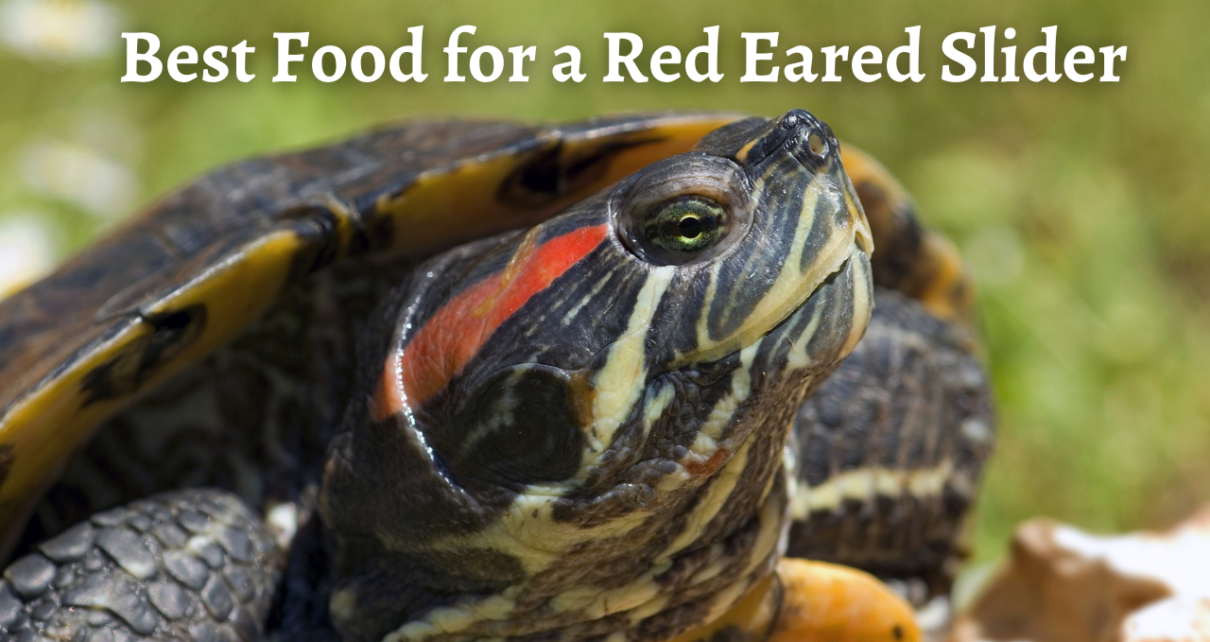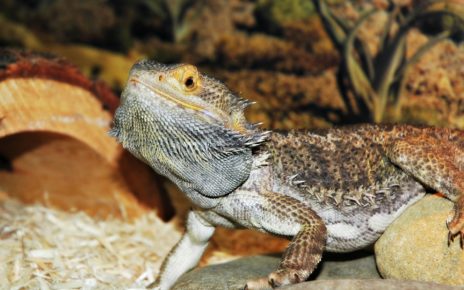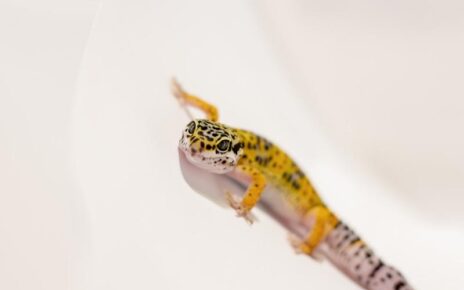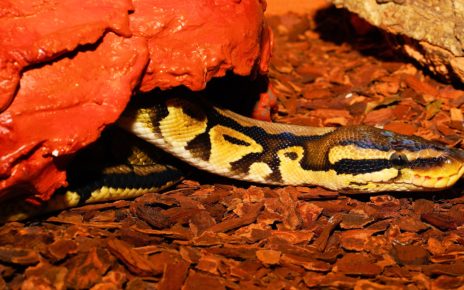Red-Eared Sliders need a balanced diet to fuel their growth and to satisfy their voracious apatite’s. That’s why it’s important to choose the best food for a red eared slider, so you can be sure you’re providing your pet turtle with all the nutrients they need to lead a long healthy life.
Best Food for Red Eared Slider
| Image | Name | Rating | Shop |
|---|---|---|---|
 | Tetra ReptoMin Floating Food Sticks | ||
 | Zoo Med Gourmet Aquatic Turtle Food | ||
 | HIKARI Saki Turtle Food | ||
 | Mazuri Aquatic Turtle Diet |
Best Food for Red Eared Slider
Tetra ReptoMin Floating Food Sticks
Tetra ReptoMin Floating Food Sticks (Buy Online) is the best food for red-eared sliders. This food is scientifically formulated for aquatic turtles, and it contains all the nutrients a red-eared slider needs in their diet.
Tetra ReptoMin Floating Food Sticks are easy to digest, and they are also the perfect size for a red-eared slider. They also float for a good amount of time, which means they won’t settle on the substrate and foul the water in your red-eared slider tank.
Tetra ReptoMin Floating Food Sticks are also very affordable, and you can save even more money when you buy them in bulk.
Related: What Can Turtles Eat | 130 Turtle Safe Foods
Zoo Med Gourmet Aquatic Turtle Food
Zoo Med Gourmet Aquatic Turtle Food (Buy Online) is a high-quality turtle food that’s made with premium ingredients. This turtle food has been formulated for adult turtles with a shell length of 2 to 6 inches.
Zoo Med Gourmet Aquatic Turtle Food contains a blend of dried vegetables, dried shrimp, dried mealworms, and whole dried cranberries. It has also been fortified with all the vitamins and minerals a red-eared slider needs in their diet, and it doesn’t contain any artificial colors, flavors, or preservatives.
HIKARI Saki Turtle Food
HIKARI Saki Turtle Food (Buy Online) is a premium aquatic turtle food. This food is made up of medium-sized floating sticks. It also contains a special blend of probiotics that help reduce the odors that can emanate from a turtle tank.
The probiotics in Hikari Turtle Food will help break down waste, and they can reduce the strong ammonia smell commonly associated with a turtle tank using all-natural ”odor-stop” ingredients.
Natural Aquatic Turtle Food With Growth Formula
Natural Aquatic Turtle Food With Growth Formula (Buy Online) is a great turtle food for turtles that need to put on a little weight. These growth-enhancing pellets contain a mix of high protein ingredients like fish meal combined with dried grains, kelp, and kale. They have also been fortified with all the vitamins and minerals a growing turtle needs.
Zoo Med Reptisticks Floating Aquatic Turtle Food
Zoo Med Reptisticks Floating Aquatic Turtle Food (Buy Online) are bite-sized turtle sticks that are easy for almost any size turtle to eat. They are also flavorless which makes them a good choice for turtles that spit their food out if they don’t like how it tastes.
Mazuri Aquatic Turtle Diet
Mazuri Aquatic Turtle Diet (Buy Online) is an aquatic turtle food that can be fed to both young turtles and adult turtles. It contains a large amount of fish and animal protein, and it has been fortified with vitamins and minerals, so you won’t have to supplement your turtle’s diet.
Mazuri Aquatic Turtle is a small floating pellet that’s easy for a turtle to swallow, and it is an all-natural turtle food since it doesn’t contain any artificial colors or flavors.
Fluker’s Buffet Blend Aquatic Formula Turtle Food
Fluker’s Buffet Blend Aquatic Formula Turtle Food (Buy Online) is a nutritionally complete red-eared slider food. It’s formulated for a wide range of turtle species, and it’s a rich source of protein along with vitamins that help enhance a turtles color.
The Fluker’s Buffet Blend Aquatic Formula Turtle Food contains Freeze-dried river shrimp, freeze-dried mealworms, corn, fish meal, poultry meal, soybean meal, corn gluten meal, fish meal, and brewer’s yeast
Wardley Premium Amphibian and Reptile Sticks
Wardley Premium Amphibian and Reptile Sticks (Buy Online) will serve as a well rounded commercial red-eared slider diet. These floating sticks contain no artificial dyes or ingredients that can cloud a red-eared slider tank water. They also have been fortified with extra calcium to promote healthy bones and a strong shell.
Exo Terra Adult Aquatic Turtle Food
Exo Terra Adult Aquatic Turtle Food (Buy Online) contains all the nutrients an adult red-eared slider needs in their diet. This pellet food is made from a special blend of protein including Gammarus shrimp, and it has been fortified with vitamins and minerals.
Exo Terra Aquatic Turtle Adult food has been supplemented with multiple sources of easily absorbable calcium along with Vitamin D3. The pellets also contain an “Advanced Yeast Extract”, and they are a rich source of fiber that helps promote a healthy digestive system.
Royal Pet Supplies Inc Zoo Med Sun Dried Large Red Shrimp
Royal Pet Supplies Inc Zoo Med Sun Dried Large Red Shrimp (Buy Online) make a great treat for a red-eared slider. These freeze-dried large red shrimp are an excellent source of protein 59%. and they contain 8.5% fat and 3.5% fiber.
If your turtle won’t eat floating sticks or pellets you might want to try adding some more natural foods like to their diet. You can also find more red-eared slider food ideas below.
Red-Eared Slider Food List
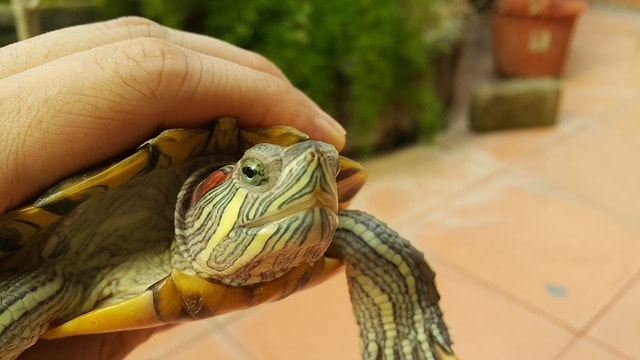
In order to keep a red-eared slider turtle healthy you’ll want to mimic the foods they eat in the wild. However, this can be a challenge since it can be hard to match the biodiversity you typically find in a pond.
Combining commercial turtle food with store-bought protein sources, leafy greens, and vegetables will closely approximate a red-eared slider’s native diet.
You want to be mindful when feeding your red-eared slider since it can be tempting to let pellet food make up the majority of their diet.
A good rule of thumb is that pellet food should only make up 25% of a red-eared slider’s diet.
The rest of a red-eared sliders diet should be made up of the following foods:
Live Foods
Live Foods are part of a red-eared slider’s diet in the wild. A red-eared slider will frequently feed on small fish and insects.
Red-eared sliders will eat small fish and young fry that are small enough to fit in their mouth.
They will also eat small insects that land on the surface of the water, and they will even forage for insects on land.
Fish
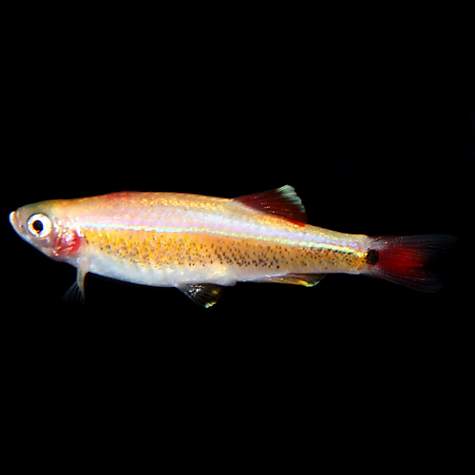
Live feeder fish like Guppies (Buy Online) or minnows are similar to the types of fish that aquatic turtles eat in the wild. They are also relatively inexpensive, and you can easily find them in most pet stores or for sale online.
Insects
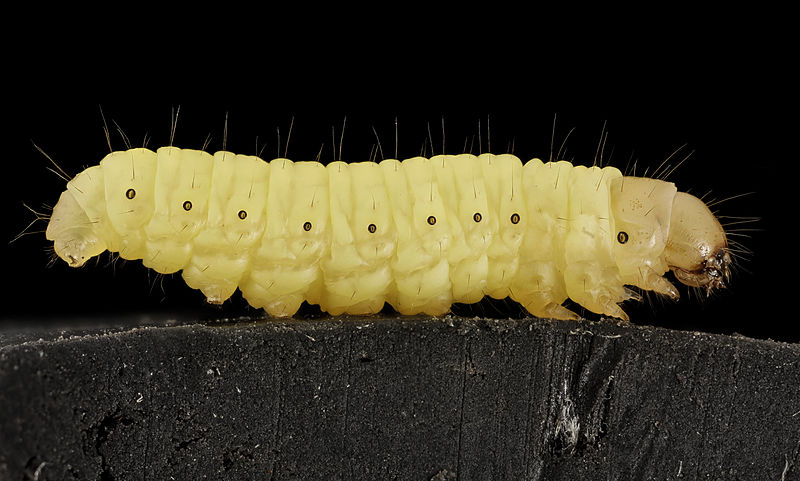
You can also feed red-eared sliders insects, but you never want to feed your pet turtle insects you’ve found in the wild.
Wild-caught insects can carry diseases and parasites, and they can even physically harm a turtle as they fight to survive.
The better option if you want to feed your red-eared slider insects is to buy feeder insects from a reputable insect breeder. These insects will be much safer for a turtle to eat since they are born and raised in captivity.
Feeder insects are also more nutritious, and they can also be gut-loaded before you feed them to your turtle.
Here is a list of feeder insects that you can safely feed to a Red-Eared Slider:
Earthworms
Daphnia
Krill
Vegetables & Leafy Greens
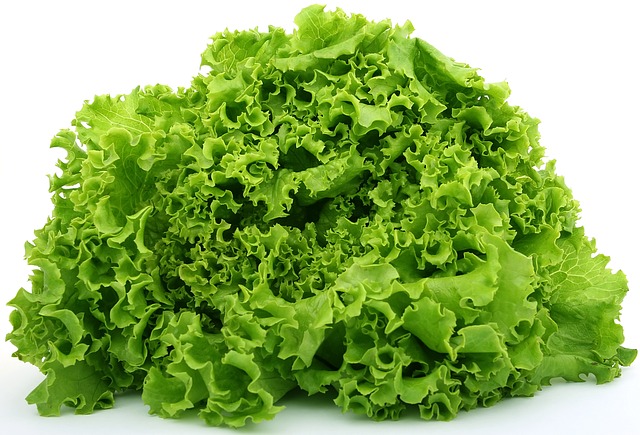
Adult Red-eared Sliders are primarily herbivores and they will need plenty of vegetables and leafy greens in their diet. Vegetables are a good source of vitamins, minerals, and fiber and they should make up the majority of a red-eared slider diet.
Vegetables are also a good source of calcium and phosphorus, which are essential nutrients that a turtle needs to build a strong shell and healthy bones.
Here is a list of vegetables that you can feed a red-eared slider:
Collard greens
Mustard greens
Bok choy
Kale
Beet Greens
Cabbage
Tatsoi
Carrots
Squash
Green Beans
Aquatic Plants
Red-Eared Sliders will eat a wide variety of aquatic plants in the wild. You can keep aquatic plants in a turtle tank, but they might not last long if your turtle has a big apatite.
A better option would be to grow aquatic plants in a separate small aquarium. This will make it easier for you to produce a constant supply of fresh aquatic plants that you can add to your turtles diet.
Some good aquatic plants for red-eared sliders include:
Anacharis
Water hyacinth
Duckweed
Water lettuce
Azolla
Frogbit
Red Eared Slider Feeding Schedule
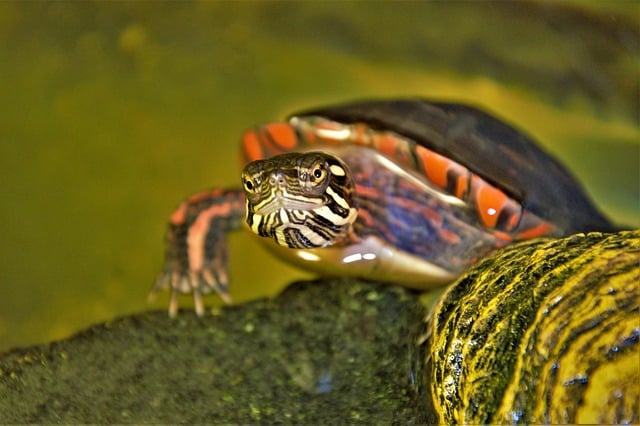
Choosing the best red-eared slider feeding schedule will depend on a number of factors. Young turtles will need to eat small amounts of food multiple times a day to fuel their rapid growth. Larger adult turtles, on the other hand, will need to eat bigger meals less often.
Adult Red-Eared Sliders can be fed a large meal every three days, or you can feed them smaller portions every other day. It’s best to skip days since this gives them time to digest, and it will limit the amount of waste that you’ll need to filter out of your turtle tank.
You also want to make sure you don’t overfeed your pet turtle since this can lead to health problems, especially if they are eating too much fat and protein in their diet.
Feeding Behavior
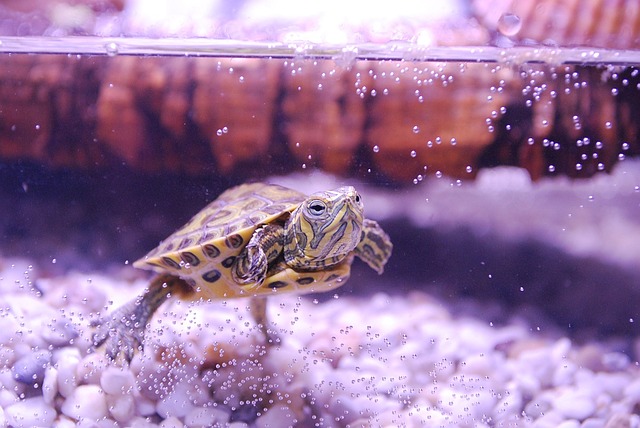
We all know that it can be hard to judge when to feed a turtle since they are always looking for food when you approach their tank. Most turtles will act excited and swim around frantically even if they just recently ate a meal.
That’s why it’s important to stick to a twice a week red-eared slider feeding schedule to avoid overfeeding your turtle.
Signs of Overfeeding
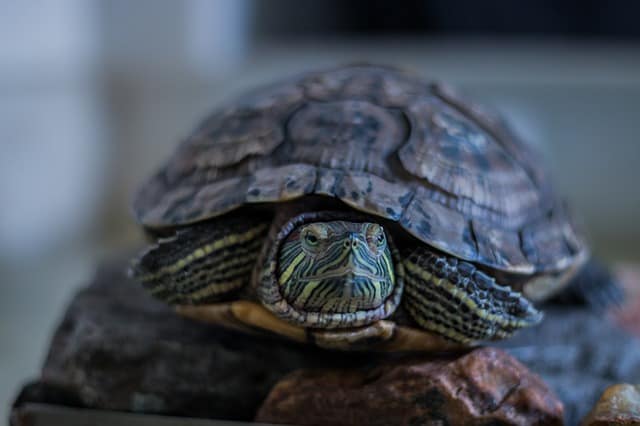
You can detect signs of overfeeding by looking for changes in a turtle’s body composition. When a turtle is overfed they will develop folds in their skin around the base of their legs.
The skin folds will be more noticeable when your turtle’s legs are pulled into their shell. If you notice this, you’ll want to reduce the amount of food you feed to your red-eared slider until they lose a little weight.
You also want to be mindful of the types of foods you give to your red-eared slider since fatty high protein foods can lead to rapid weight gain. That’s why it’s best to feed a red-eared slider more leafy greens and aquatic plants to help them maintain a healthy weight.
Red-Eared Slider Food Quantity
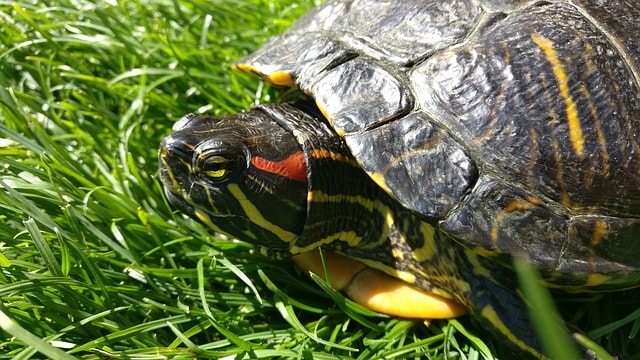
The amount of food a red-eared slider needs to eat will depend on their size and age. Adult red-eared sliders are also primarily herbivores, so they will need to eat larger quantities of leafy greens to meet their nutritional requirements.
To avoid overfeeding a red-eared slider you should only give them as much food as they can eat in 15 minutes. This will ensure no food goes to waste, and it will limit the risk of food spoiling in your red-eared slider tank.
It might take a little time to figure out how much food your turtle needs to eat. Just start with smaller portions and work your way up until you find the right amount of food to feed your turtle.
Red-Eared Slider Nutritional Requirements
Animal Protein
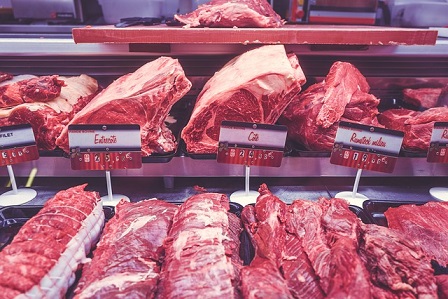
Protein plays an important role in a red-eared sliders diet. In order to meet a turtles protein requirements, you’ll need to feed your turtle a relatively high protein diet.
A good turtle food should contain at least 20% to 25% protein.
Young turtles will need more protein in early life, so you’ll want to feed them even more meaty foods to make sure they have enough protein in their diet
Terrestrial sources of protein are generally safe and you can feed them to your red-eared slider in moderation. Just remember that raw meat can harbor bacteria that can harm your turtle, so it’s a good idea to boil any meat before you feed it to a red-eared slider.
Fish Protein
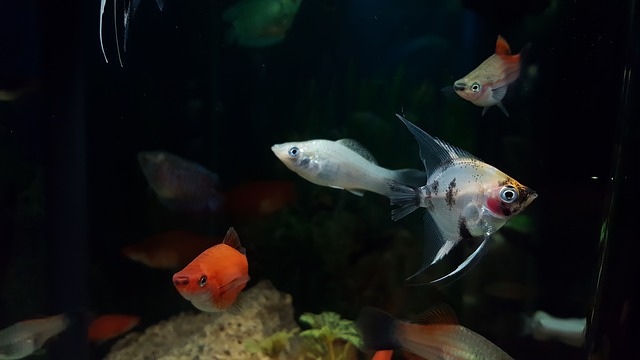
You can feed your red-eared slider a wide range of protein-rich foods including fish.
Most fish like tilapia, coley, cod, and haddock, smelt, and lancefish are safe for a turtle to eat. Most feeder fish are also safe.
But, there are some fish that can cause health problems if you feed them to your turtle on a regular basis.
Unsafe Fish
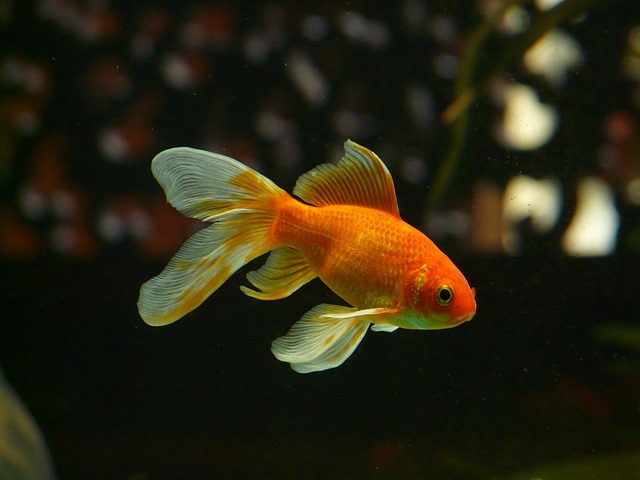
Some fish and crustaceans contain Thiaminase which is an enzyme that breaks down Thiamine (Vitamin B1). If a turtle doesn’t get enough Thiamine from their diet they can experience lethargy, weight loss, coordination problems, nervous system issues, and heart failure.
There are three groups of foods that contain dangerously high amounts of thiaminase: mussels, crustaceans, and cyprinid fishes.
The cyprinid family of fish include goldfish, which are sold as feeder fish in most pet stores, but they can be unsafe when they serve as the primary source of protein in a turtles diet.
Mussels are also popular since they are cheap and readily available. However, they should not be fed to a turtle since they contain high amounts of thiaminase.
Crustaceans can also cause a thiamine deficiency, so you want to avoid feeding prawns and shrimp to your turtle. However, you can feed a turtle freeze-dried shrimp as an infrequent treat and it won’t be a problem.
Insects Protein
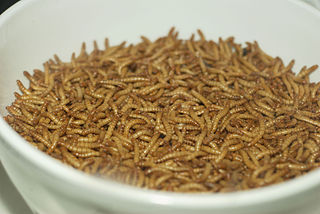
Turtles can also eat insects but you want to be careful where you source them. In order to be safe, you only want to feed your turtle insects you’ve raised at home, or from reputable pet stores or online insect breeders.
You also should avoid feeding a red-eared slider earthworms that you find outdoors. These worms usually carry parasites and bacteria that can make you and your turtle sick.
Plants
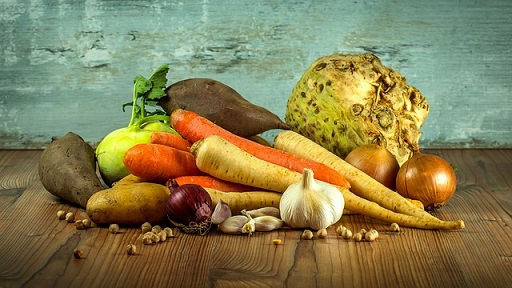
There plenty of plants you can feed to a turtle, and they can make up at least 50% of an adult turtles diet.
Leafy greens should serve as a staple in a turtles diet since they are a good source of vitamins and minerals, and they are an excellent source of fiber.
Carrots, squash, and green beans are also safe for a turtle to eat, but they should only make up a small portion of a turtle’s diet since they contain a lot of carbohydrates.
If you can’t find affordable fresh vegetables for your turtle in the store you can purchase them online (Click Here).
Vitamin Supplements
Vitamin supplements can help ensure your turtle is getting all the nutrients they need in their diet. This is especially important if you are feeding your turtle live food instead of a commercial diet.
Most commercial food has already been fortified with vitamins, so you usually won’t have to add any more vitamins or minerals to a commercial turtle diet
However, if you feed your turtle live food and fresh vegetables it can be hard to provide them with a balanced diet.
To prevent deficiencies you should add vitamin supplements to your turtle’s food twice a week.
Frequently Asked Questions About Red Eared Slider Food
How Often Should I Feed My Red-Eared Slider?
How often you feed your red-eared slider will depend on their age, size, and activity level. You can feed a red-eared slider twice a week, or every other day. You can also feed a baby turtle multiple small meals each day when they are growing.
It’s also possible to feed an adult red-eared slider every day, but you need to feed them small portions to avoid overfeeding your turtle.
What Should You Not Feed Your Turtle?
You should not feed turtles dairy products since turtles can’t digest lactose.
You also want to avoid feeding turtles processed meats since processed meats contain preservatives that can be harmful to a turtle.
Can Red Eared Sliders Eat Bread?
Red-Eared sliders can eat bread, but it really isn’t healthy for them since it is a poor source of nutrients for a red-eared slider.
Bread can also be hard to digest since it can ferment in a red-eared sliders digestive system. Also, white bread doesn’t contain much fiber, and it can gum up a turtle’s intestines, which can lead to bloating and other digestive problems.

